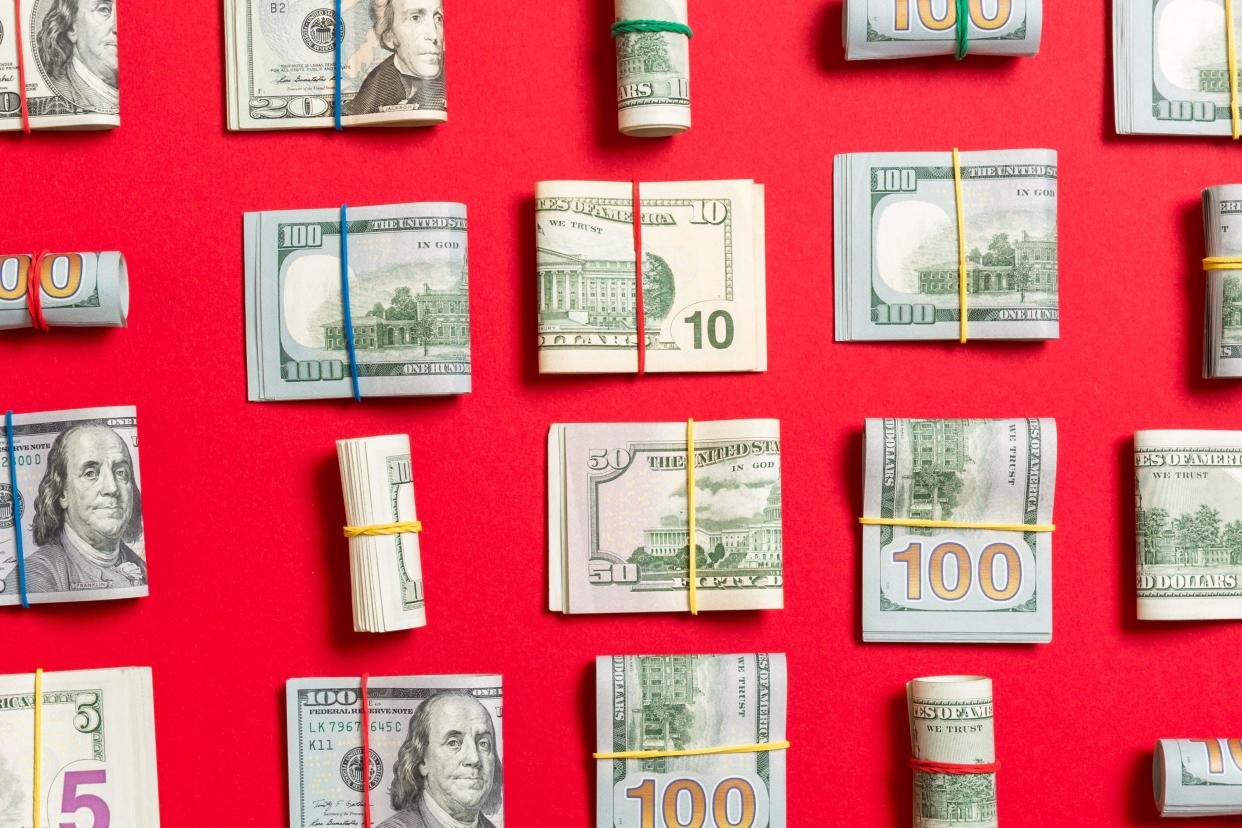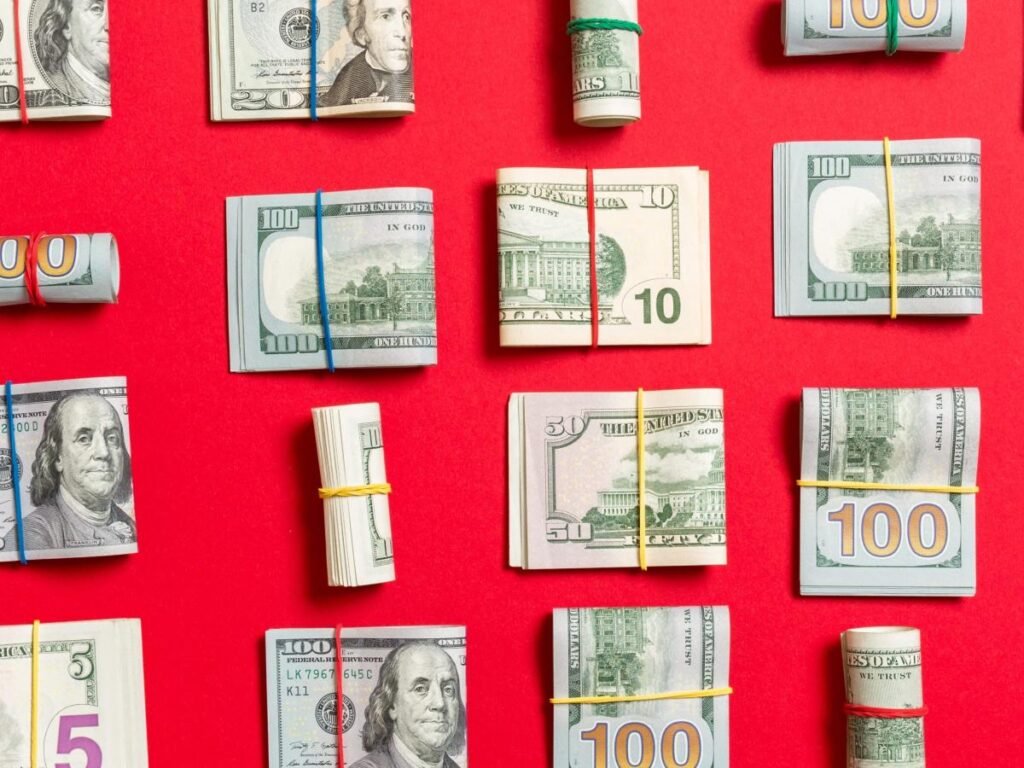
-
US Fed Chair Jerome Powell has signaled imminent interest rate cuts, sending the US dollar lower.
-
Rate cuts mean lower Treasury yields, which would weigh on the US dollar.
-
But strong US stock market performance could limit the dollar’s downside despite easing, says Goldman Sachs.
US Federal Reserve Chair Jerome Powell’s signal of imminent interest rate cuts last week has prompted global investors to position for an easing cycle, sending the US dollar lower.
On Friday, Powell said in his closely-watched speech at the central bank’s Jackson Hole symposium that “the time has come for policy to adjust.”
His words sent stock markets soaring on Friday, as investors interpreted his words to mean that the US economy is heading for a soft landing and that September rate cuts are all but confirmed.
The Fed cutting rates means that Treasury yields would fall, which makes the securities less attractive to investors — in turn sending the US dollar lower.
The US Dollar Index fell 0.8% on Friday and is extending its decline in Monday trading. The gauge of the dollar against a basket of major currencies has fallen 3.7% so far this month.
However, the dollar’s weakness may be limited because US equities are doing so well, Goldman Sachs analysts in a note published on Sunday.
US equities outperformed global markets last year and are extending gains this year. The S&P 500 index is up 18% year to date.
“On the market side, while the sensitivity of the broad Dollar to rates has increased recently, the sensitivity is also quite high to relative equity performance, and historically the Dollar has struggled to weaken in periods when US equities are outperforming the rest of the world,” wrote the Goldman Sachs analysts.
They added that strong US stock market performance could limit the dollar’s downside over the longer term, even if the Fed is easing.
“The Dollar’s rich valuation is in large part a consequence of a long period of superior asset market returns,” they wrote.
“If the US economy and asset markets continue to deliver strong relative equity returns and a high risk-free rate to hedge portfolio risk, the Dollar’s strength will not erode quickly or easily,” they added.
Last week, market veteran Ed Yardeni also noted the correlation between the post-pandemic bull market and the strong dollar. Yardeni expects the greenback to stay strong till the end of this decade.
US debt and the presidential election are risks
Even so, there are still risks to the dollar, including massive US debt and political uncertainty with the presidential election coming up in November.
“The growing US federal deficit is likely to come under the spotlight regardless of who wins the White House,” wrote analysts from Swiss bank UBS in a Monday note.
Goldman Sachs’ analysts acknowledged there are political risks for the greenback — but they don’t think the impact would hit the dollar’s resilience.
“Though the presidential race has tightened, uncertainty about trade policy and fiscal spending may still prevent meaningful outflows from the Dollar,” they added.
Read the original article on Business Insider

